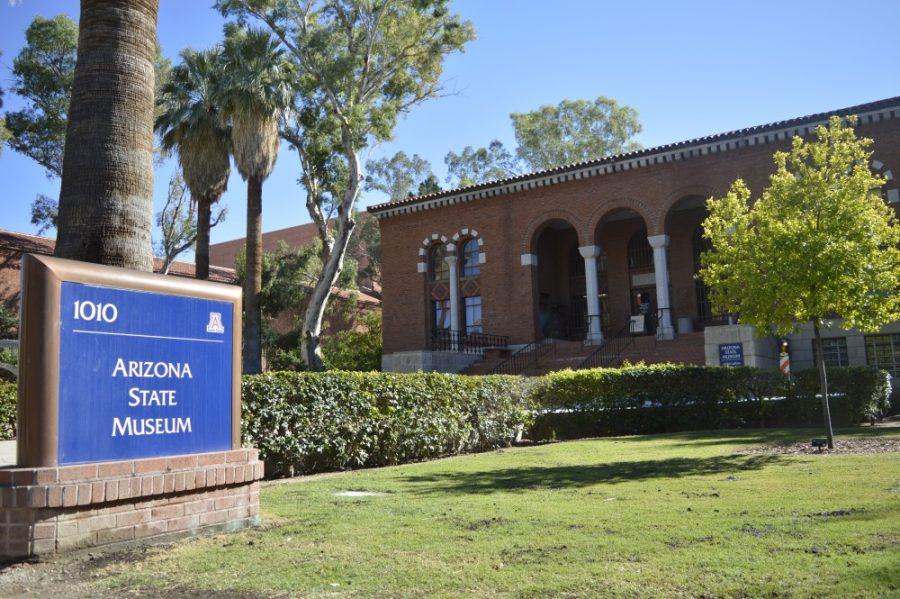Archaeologists at the UA School of Anthropology and the Arizona State Museum are cooking up something big for their next project. Researchers are using utility-ware pottery and cookware to learn more about migration patterns at the Homol’ovi Hopi pueblo sites.
The Homol’ovi Research Program began in 1985 as a collaboration between the UA School of Anthropology and the Arizona State Museum. Originally, the project involved working on Hopi pueblos at Homol’ovi State Park near Winslow, Arizona. The project later shifted to focus on the Chevelon Pueblo, the third largest pueblo of the Homol’ovi villages, which are believed to have been occupied from about 1280 to 1380.
According to UA anthropology Professor E. Charles Adams, the UA School of Anthropology is currently working on Rock Art Ranch, a petroglyph site located near Homol’ovi. The UA School of Anthropology hosts an archaeology field school at Rock Art Ranch every summer that is open to undergraduates and graduate students. The field school teaches students archaeological excavation techniques including survey techniques, excavation procedures and artifact identification and analysis.
“I really like the social part of it,” Adams said. “The thing I most enjoy about it is being out … with a whole group of people and getting to know each other and then being able to work together collaboratively to accomplish really great things like, you know, doing excavations and surveys.”
One of the problems encountered at the Homol’ovi site is looting of artifacts, according to Adams. Pottery hunters, whether intentionally or unintentionally, will remove artifacts from archaeological sites without documentation.
When it comes to archaeology, “context is really everything,” Claire Barker, an anthropology graduate student and research assistant, said. Without context, it is difficult for an archaeologist to analyze an artifact and determine its significance.
“Archaeology done properly is not exciting and it’s not sexy. I mean, people don’t care and that’s unfortunate,” she said. “I think that there’s a lack of understanding, and if people really knew, less people would do it.”
Barker uses utility-ware pottery from the Homol’ovi site to study social identity. According to Barker, studying utility ware is a more stable way to look at social identity.
“Your cooking pots — like what you actually cook with — are not something that you really think of as part of who you are, but that’s also fundamental to who you are,” Barker said.
In a time before pre-made pots and pans, prehistoric peoples used different pottery recipes to make their own cooking ware, according to Barker. Generally, people of the same family groups used similar recipes.
“So by looking at these recipes … you can look at relationships between people, and you can see uniformity or diversity,” Barker said.
One of the questions Barker said she seeks to answer with her research is: where did people move to Homol’ovi from? By looking at the composition of the pottery, researchers can determine whether it was locally produced or not. Barker uses the composition of utility-ware recipes from local groups of immigrants to see how many immigrants there were, where they migrated from and if they maintained a diversity of traditions after the migration.
“The moment you get into a new social climate, there may be pressure to adjust the way you decorate pottery,” Barker said. “But this stuff, the frying pan you use, is still probably not going to change.”
According to Barker, after she has finished analyzing the pottery, she will use the statistics from the analysis to look at diversity between sites and see if there is a disjunction between the decorated pottery and utility-ware pottery analyses.
“That’s when things get really interesting,” she said.
Meanwhile, Barker will be working on her new Blockbuster hit: “Indiana Jones Discusses Archaeological Context.”
Follow Emily Hedges on Twitter.









